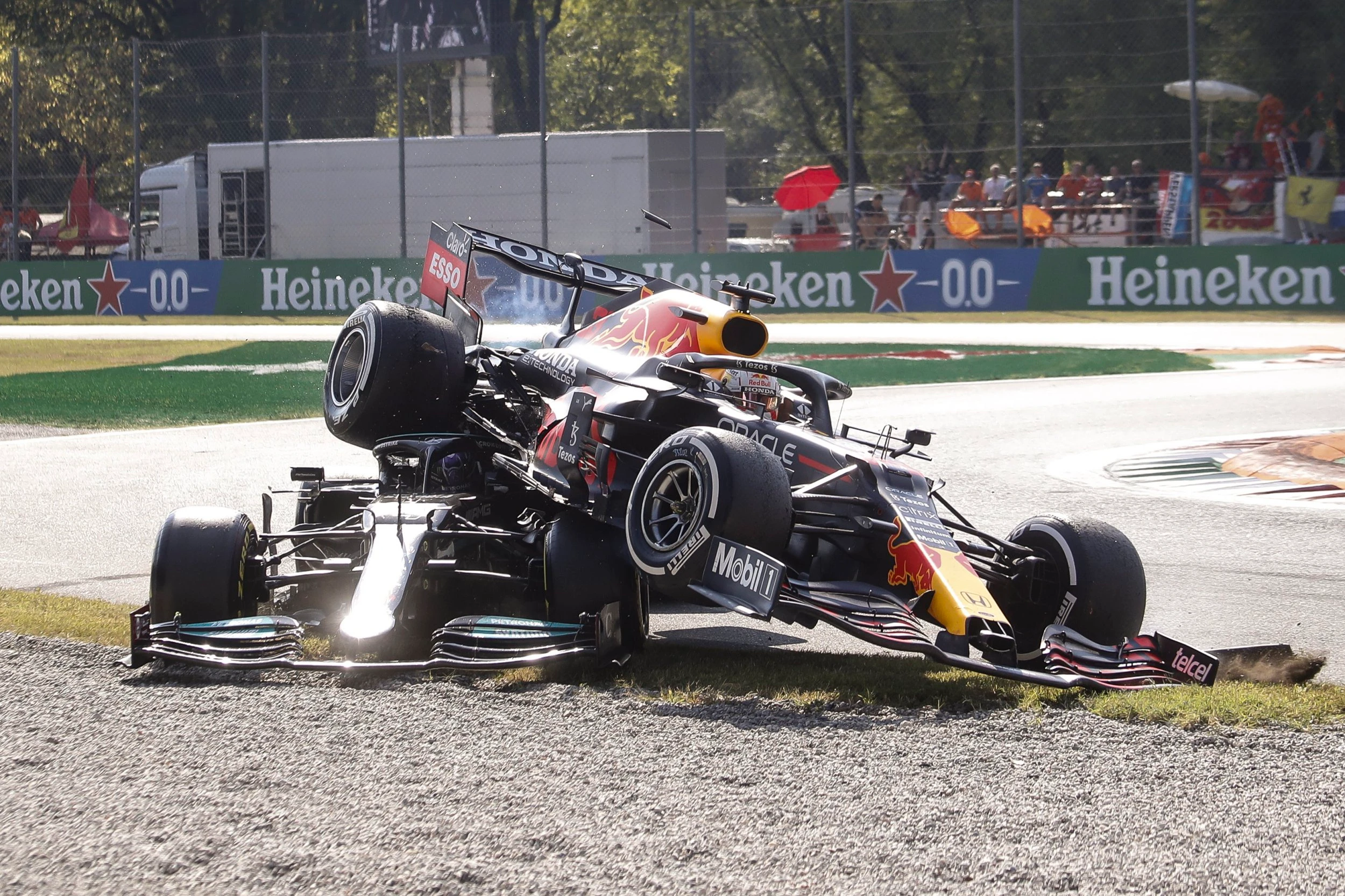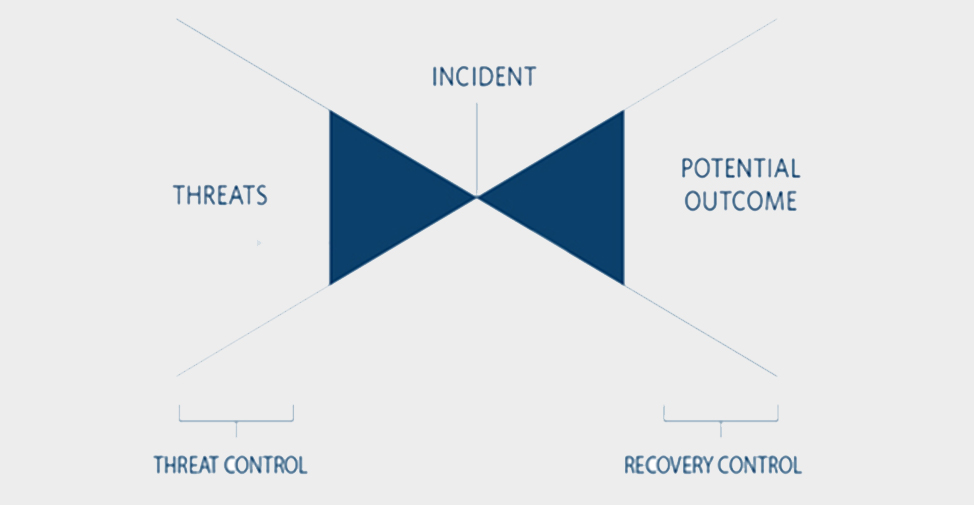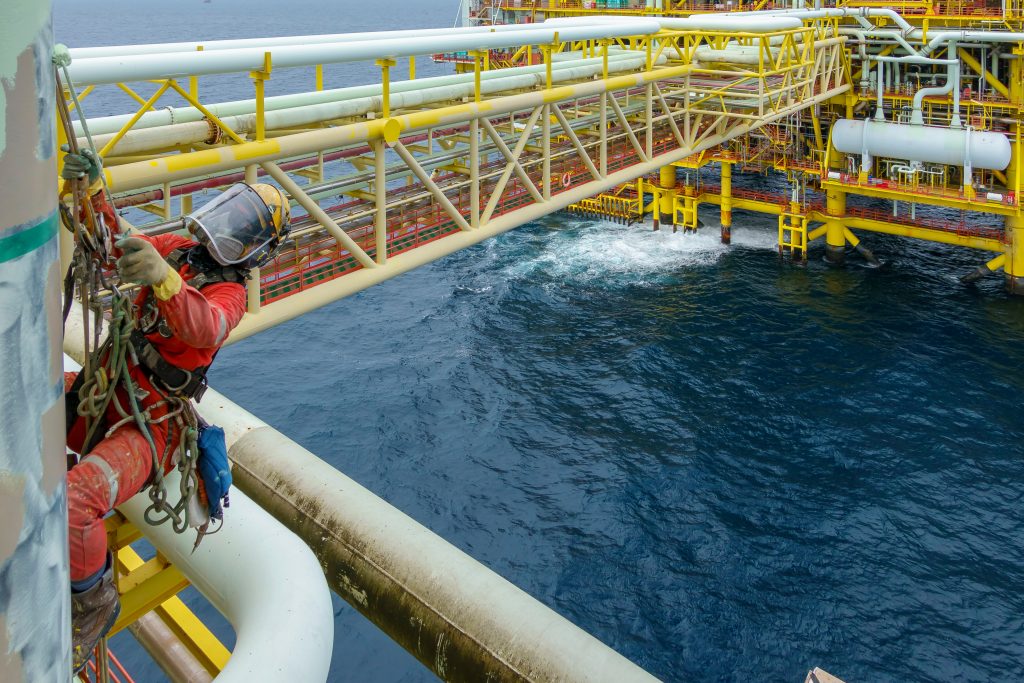5M-Cause Analysis
A 5M-Cause analysis refers to any influencing factors which are not related to a person's behaviour (Machinery; Methods; Materials; Mother-nature; Measurement). Let's start by looking at the changes introduced by the FIA (F1's governing body) to make pitstops safer.
On September 1st the FIA brought in a new technical directive, TD22A, to help reduce the risk of cars leaving their pit box too soon or without their wheels properly attached. This happened in 2018's F1 season, resulting in serious injury to a Ferrari mechanic. The practical implications of the new directive is that mechanics have to wait for a signal light to illuminate before the car is released (within 5M, this would be machinery).
Before the directive came into force, every F1 team had time to train their mechanics and implement a the new procedure, but the Italian Grand Prix showed that Red Bull hadn't quite nailed it. Red Bull took 11 seconds to complete Verstappen's first pit stop which was, without a doubt, a factor behind the crash with Hamilton. You could argue that the 11-second pit stop was the main factor leading to the cognitive process failure i.e. the driving which led to the crash.
Red Bull's Team Principal, Christian Horner, put the mistakes down to human error, which in the context of Human Factors, is correct but we thikn
Why Red Bull is like any other UK business
The error made by Team Red Bull has parallels with many of the transformations UK companies are going through. Adoption of new technologies, pressure to increase supply chain transparency and the movement towards more efficient (and eco-friendly) systems are just a few of the driving forces behind corporate modernisation. While staff can be trained and procedures can be drawn up, errors are still possible, and in some cases should be expected.
This is why it's important to take an employee-first perspective. You must understand both the conscious and subconscious behaviours of your employees to know exactly how safe any new workplace practices, procedures or systems are.
That's where IHF comes in. We're experts in investigating and analysing human risk using established human factors models. We have clients in a broad range of industries from COMAH and Oil & Gas to Aviation and Construction.
If your company has critical procedures which must be consistently followed, or systems that are complex but must be operated properly, then human factors can help.
Get in touch with IHF today.



